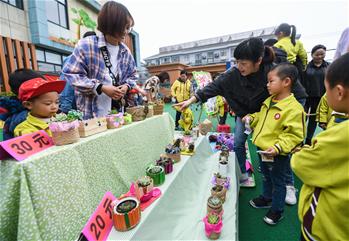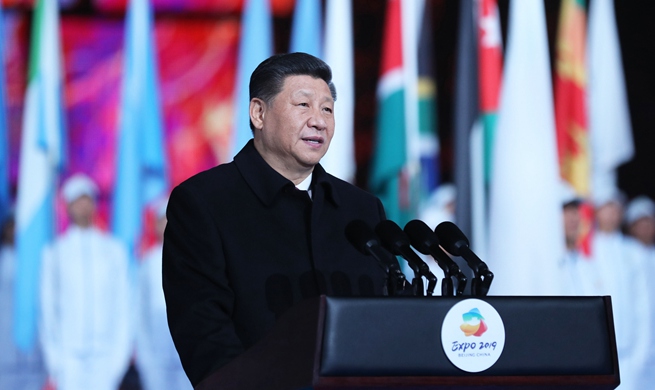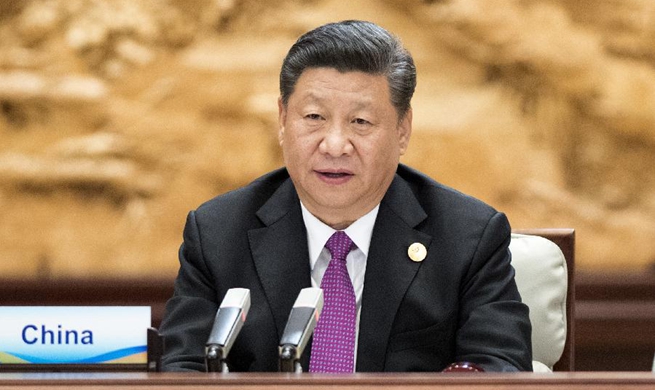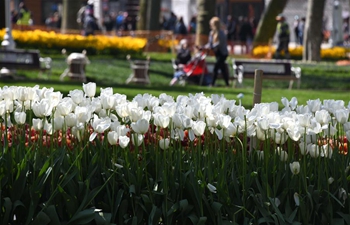CHANGCHUN, April 29 (Xinhua) -- In the light of a shadowless lamp, 42-year-old Zhang Hua picks up a scalpel and a pair of tweezers and devotes all her energy to centenarian patient's injury, an ancient book of the Qing Dynasty (1644-1911).
The yellowing and moth-eaten book requires over 20 complicated steps to regain its shine. Zhang, with nine years of book repair experience, will complete the repair by keeping a steady hand on the tiller.
"Each ancient book is unique and suffers from different kinds of damages, so I have to offer the solutions respectively," said Zhang while busy unbinding a book in the antique book repairing office in northeast China's prestigious Jilin University.
Tedious and demanding the work seems to be, and Zhang said it gives her a sort of satisfaction. "It's a race against time to save the books while it also requires great patience," she said.
A basic principle of repairing ancient books is trying to keep the book's original appearance unchanged, which takes a lot of training.
To meet the standard, Zhang has to be erudite and engaging. She follows the techniques of ancient craftsmen to make the paste, select and dye the paper and bind the book.
Sometimes the books are seriously damaged due to a high level of acidification, so Zhang also uses modern skills of deacidification and pH paper tests to further protect the books.
"I also work with my colleagues to perform the tasks, but each of us is engrossed in our own part most of the day," said Zhang. "It feels like time passes so quickly when I immerse myself in repairing."
Years of desk work resulted in cervical spondylosis and short-sightedness for Zhang, but she said her passion for repairing books has never faded.
In China, books written or printed before 1912 featuring classical book-binding styles are classified as antique books. The library of Jilin University houses about 400,000 such classics, a large proportion of which are in dire need of restoration and protection. "We still have a long way to go," said Zhang.
In 2007, the country started a national project to preserve millions of ancient books. A state-level rare book restoration center was established in the National Library of China for protection and education.
China now has about 50 million antique books, among which the foremost 20 million have been protected, but the book repairing business remains a daunting task, said Zhang Zhiqing, deputy director of the center.
The center also holds annual training programs for book-repair staff of museums and libraries nationwide. Zhang was glad to be invited to the activity this April.
"It might take about 800 years to repair all the damaged ancient books in China given the current number of book repairers," Zhang said. "I will make it a lifelong career."

















